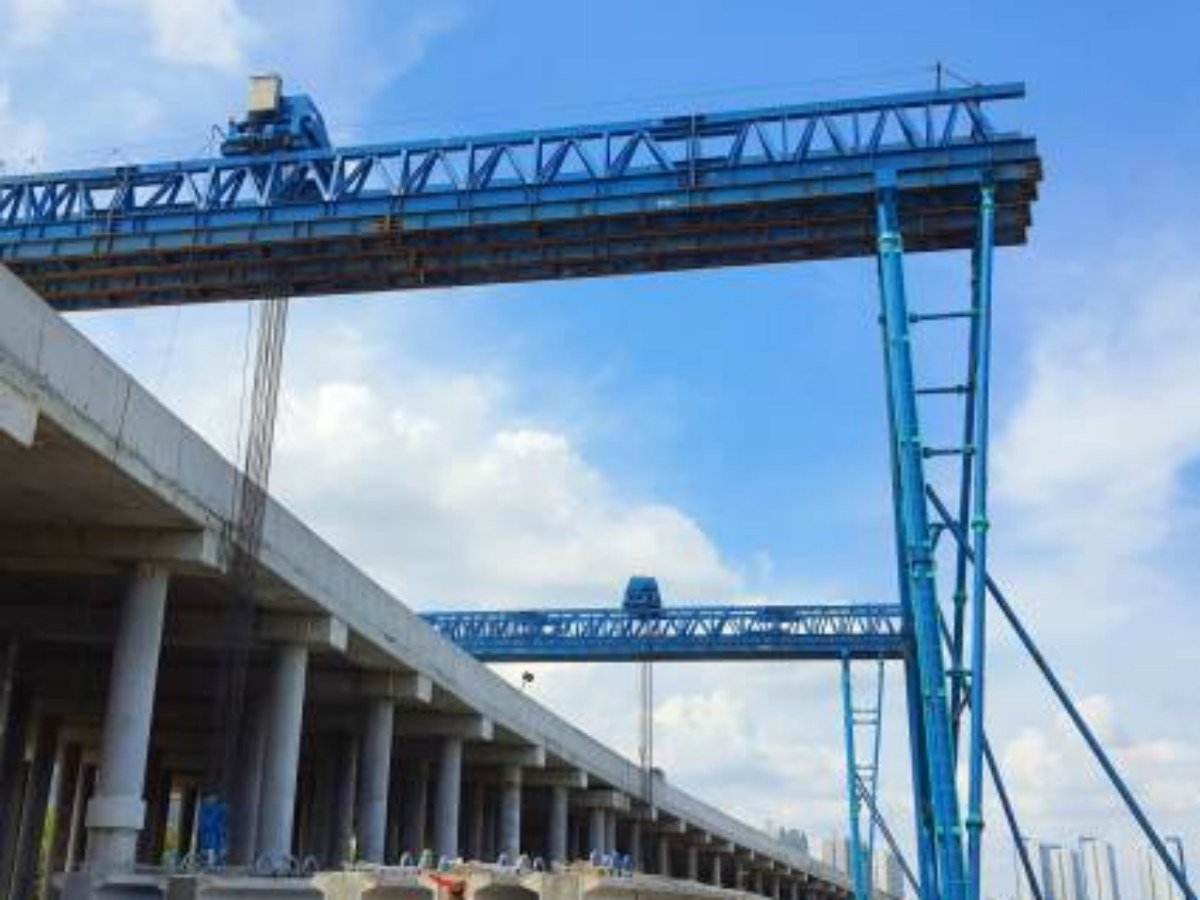The Basics of gantry girders
A gantry girder is a crucial component in structural engineering projects. It refers to a horizontal beam or truss that is supported at both ends and used to support heavy loads. Gantry girders are commonly used in applications such as crane systems, bridges, and overhead hoists. They are designed to withstand significant loads and provide stability to the overall structure.
Structural Benefits of Gantry Girders
Gantry girders offer several structural benefits in engineering applications. Firstly, they provide a strong and rigid support system for heavy loads. The design and materials used in the construction of gantry girders ensure that they can withstand immense forces without deformation or failure.
Additionally, gantry girders distribute the load effectively to the supporting columns or piers, minimizing stress concentrations. This helps in maintaining the structural integrity of the entire system. The use of gantry girders also allows for longer spans between supports, reducing the need for additional columns or piers.
Applications in Crane Systems
One of the primary applications of gantry girders is in crane systems. Gantry cranes are widely used in industries such as manufacturing, construction, and shipping. The gantry girder forms the overhead structure to which the crane is attached, providing the necessary support and stability for lifting and moving heavy loads.
These crane systems often operate in demanding environments and handle substantial loads. The gantry girder plays a critical role in ensuring the safe and efficient operation of the crane. It must be designed to withstand dynamic loads, such as the sudden start and stop movements of the crane, as well as the weight of the lifted objects.
Role in Bridge Construction
Gantry girders are also extensively used in the construction of bridges. They are employed to support the bridge deck and distribute the load to the bridge piers or abutments. The design and installation of gantry girders in bridge construction are crucial to ensure the structural stability and longevity of the bridge.
Bridge gantry girders are subjected to various forces, including the weight of the bridge deck, live loads from vehicles, wind loads, and thermal expansion and contraction. Therefore, they must be designed to withstand these forces while maintaining the required level of safety and functionality.
The Importance of Material Selection
Choosing the right materials for gantry girders is of utmost importance in structural engineering. Steel is the most common material used due to its high strength-to-weight ratio and durability. Steel gantry girders offer excellent load-bearing capacity while remaining lightweight, making them ideal for various applications.
Other materials, such as reinforced concrete and composite materials, can also be used based on specific project requirements. The material selection process involves considering factors such as the anticipated loads, environmental conditions, and budget constraints.
Factors Affecting Gantry Girder Design
The design of gantry girders is influenced by various factors, including the span length, load requirements, and structural constraints. Longer spans require thicker and stronger girders to ensure adequate support and prevent deflection. Similarly, heavier loads necessitate the use of sturdier girders with appropriate bracing and reinforcement.
Structural constraints, such as limited space or height restrictions, may also impact the design of gantry girders. Engineers must consider all these factors and employ advanced structural analysis techniques to optimize the design and ensure its safety and efficiency.
Maintenance and Inspection
Regular maintenance and inspection of gantry girders are essential to ensure their long-term performance and safety. Gantry girders should be inspected for signs of corrosion, fatigue cracks, or deformations. Any detected issues should be addressed promptly to prevent further damage and potential structural failures.
Maintenance activities may include cleaning, lubrication of moving parts, and routine inspections of supporting components such as bearings and connections. Following manufacturer guidelines and industry best practices is crucial for maintaining the structural integrity of gantry girders.
Future Innovations in Gantry Girder Design
As technology advances, there are ongoing efforts to enhance the design and performance of gantry girders. Innovations in materials, such as the use of advanced composites, may offer improved strength and durability. Additionally, the integration of sensors and monitoring systems can enable real-time structural health monitoring and predictive maintenance.
Furthermore, computer-aided design and analysis tools allow engineers to optimize gantry girder designs, considering various load scenarios and constraints. These advancements will continue to shape the future of gantry girder applications in structural engineering.
Conclusion
Gantry girders play a vital role in structural engineering, providing robust support for heavy loads in applications such as crane systems and bridge construction. The selection of appropriate materials, careful design considerations, and regular maintenance are crucial for ensuring the safety and longevity of gantry girders. As technology evolves, further innovations in gantry girder design will continue to enhance their structural performance and efficiency.

